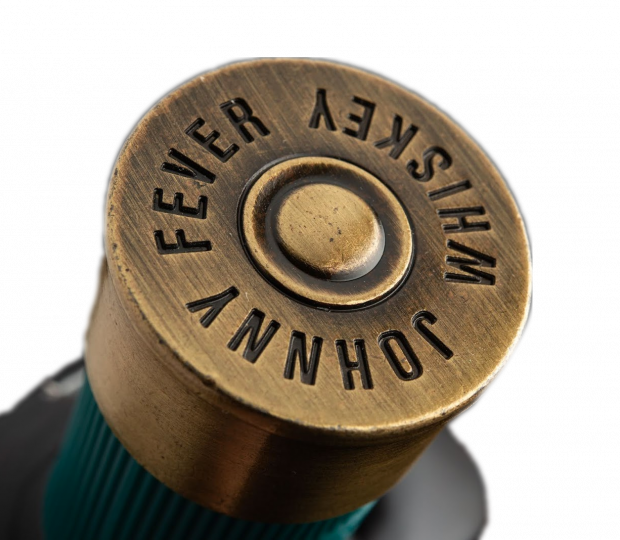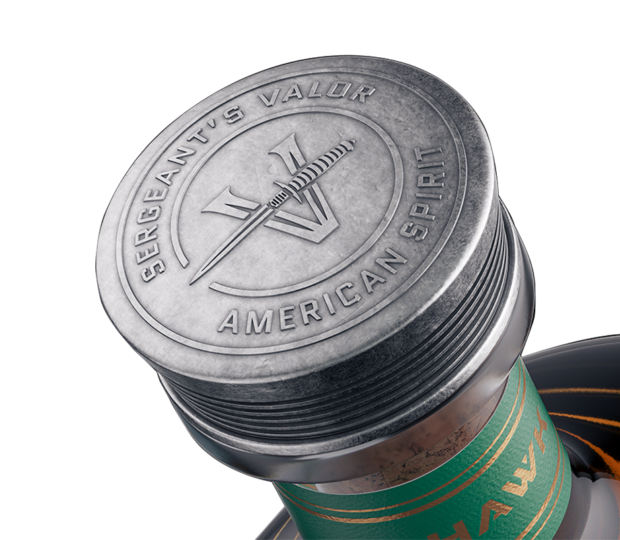Navigating the Distributor Environment

Written by SIMONE – SENIOR ADVISOR
April 23, 2025
CATCHING UP WITH SIMONE
Simone Bianconcini has been working on the distributor side of the spirits industry for 28 years. So when he wanted to discuss, in depth, the unprecedented shifts he’s seen in the distributor landscape, we were happy to sit down with him as he shared his experience. Because while there are a host of new challenges, there are also opportunities for nimble partners like Thoroughbred to facilitate more mutually beneficial partnerships between small distilleries and scrappier, independent distributors. It’s a time of disruption in the industry, but Simone does see glimmers of hope. We’ll let him explain in his own words.
An Inflection Point for Alcohol
“I can’t think of another consumer package goods industry with so many choices from so many producers for the consumer. It’s a massive undertaking that requires tremendous resources from distributors to accomplish. Also over the last 20 years or so, we’ve seen a consolidation trend across the wholesaler tier. While this was done in an effort to offer more consistent services across the country and to simplify the suppliers’ interactions, it’s offered increasingly diminishing returns for small and mid-sized producers.”
“And then COVID happened. Following the pandemic consumption spike, the pendulum shifted more towards health and wellness, and drinking declined or pivoted towards RTDs which are often perceived as being more health focused.”
“Members of Generation Z who are currently of legal drinking age are drinking less frequently than Gen-X and Baby Boomers were at the same age. THC usage offers people an alternative to drinking, and even GLP1 medications are affecting consumption, with estimates as high as 12% of adults having tried these drugs and 6% currently using them and reporting a decreased desire for drinking.”
“The old model that served distillers, distributors and consumers for decades is ready for change, and I believe the industry is at an inflection point in our history. I think the data supports that we may have seen peak spirit consumption in the US during the pandemic, and there is greater emphasis on “healthy” choices than ever before. The traditional industry is challenged by negative health coverage, overall drive for wellness, generational drinking changes, a slowing economy, inflation, the growing popularity of NA spirits and drinks, increased availability of THC and new ways younger people gather and interact together. We’ve also seen a lot of de-stocking in the on-premise as bars and restaurants have shifted their focus away from breadth of selection to smaller, more curated back bars. It’s a lot. But there are opportunities if you’re willing to adapt with the times.”
The Challenge for Distributors
“Distributors have been following the consolidation trend seen in the supplier tier that began in the 1990s. The conventional wisdom was that distributors believed that growing a national footprint would be an important selling point for suppliers looking for a simpler and more efficient interface by creating a single point of contact across the states where they were distributed. And for many decades, wider distribution and greater volume was the measure of success.”
“But as distributors grew larger, they lost much of the local autonomy and expertise that made them effective. The personal touch was gone, and their focus began to shift to big suppliers almost exclusively.”
“By nature of being in the middle, distributors feel pressure from both suppliers and their retail customers. The drive for efficiency and investment back into the business by large suppliers along with the need for higher service levels, training and education, and even more competitive pricing offerings for retailers have squeezed distributors’ bandwidth.”
Brand New Hope
“It is more important than ever for brands to own the relationships with their key buyers and operators. Distributors will always play a vital role, but there is only so much they can carry in their bags into the accounts, and often many smaller suppliers and distillers aren’t finding their products prioritized.”
“And that’s where an agency like Thoroughbred finds opportunities. We can help brands navigate traditional distributor relationships. There are also still small distributor groups, and I think we’re going to begin seeing more of these regional grassroots operations soon, and they’re going to be willing to put your small brand in their cars and drive around making personal connections. Early on in a supplier’s development, the right distributor partnership can be crucial, and Thoroughbred is experienced in finding connections that work.”
“While the data does show that younger drinkers aren’t consuming as much, these new generations want quality over quantity. They want to feel a personal connection to what they’re enjoying, and they want to feel good about a brand’s story. For years, Thoroughbred has been helping brands tell their stories in compelling and memorable ways that fans can grab onto and share. Also, smaller brands can be nimble in ways that the big players, by nature, simply can’t be. As we head into uncharted waters, that’s an advantage that I can’t overstate enough, and an area that Thoroughbred has been providing guidance on since we began.”
“Disciplined, methodical and regional growth are also things that Thoroughbred can specifically help with, and sometimes that goes beyond the traditional distributor relationship. You can’t count on large distributors to educate retailers about your smaller brand anymore. They don’t have the bandwidth and there’s no return for them. But with the right dedicated, regional field team, you can achieve more effective, better targeted education on your own terms. We’ve seen a lot of success with these teams building the personal connections that distributors struggle to find the time for. So while some of the players may have changed, the personal relationships they create and maintain for the brand are still key.”



